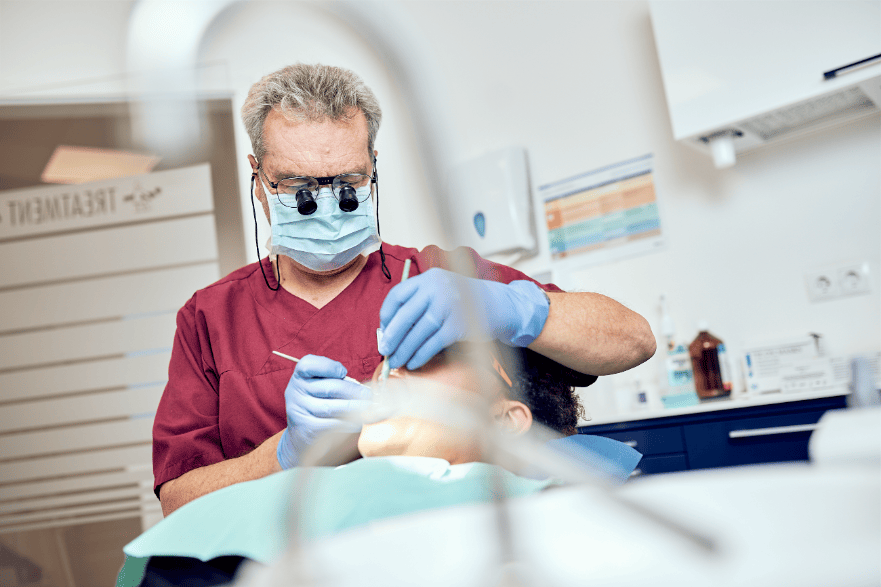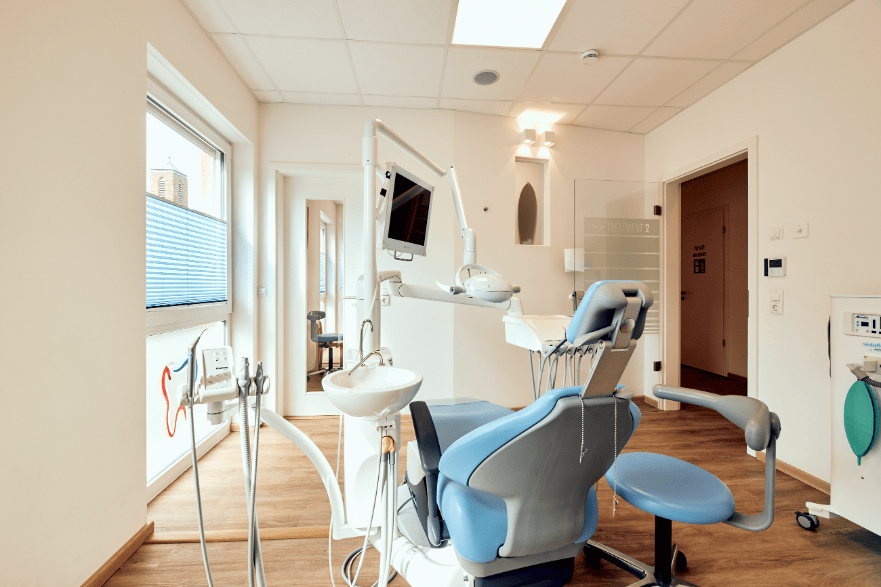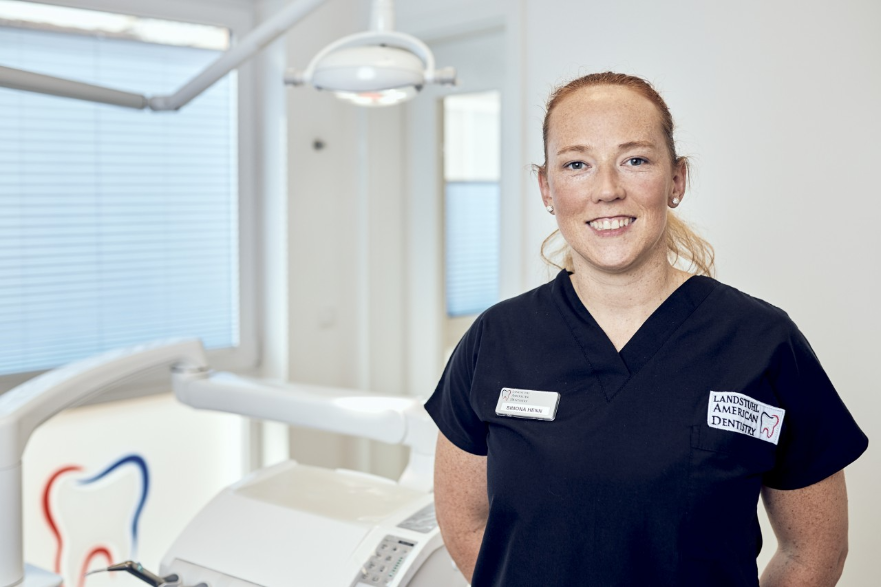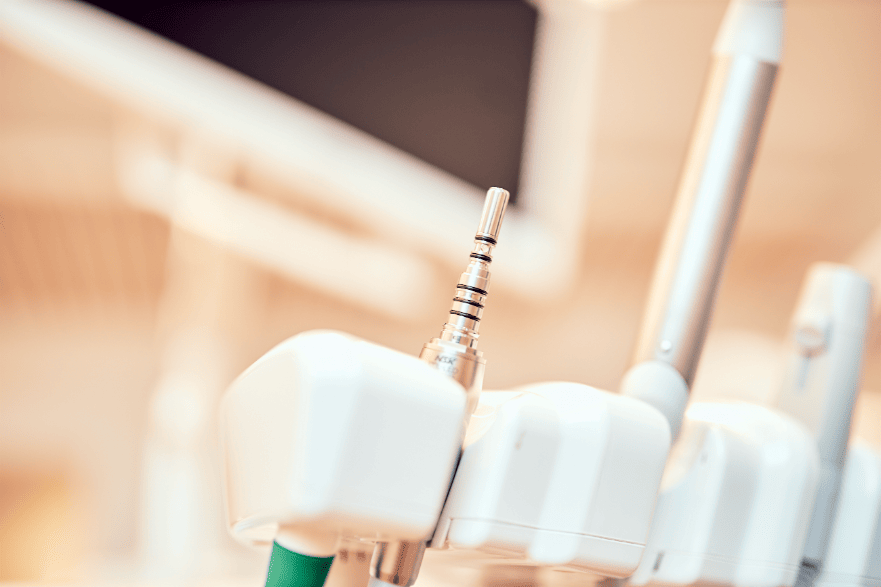Dental implants are significantly more expensive than other solutions for the existing dental problem. However, the long-term costs must also be considered in this calculation: Well placed and cared for dental implants are usually associated with significantly lower follow-up costs.
In general, the final costs of a dental implant can only be determined after a complete examination. For this purpose, X-rays and models must be evaluated, on the basis of which the correct treatment method is selected.
Those with statutory health insurance must bear the costs of an implant themselves, but they are subsidized by their health insurance. This allowance covers the costs that would also be incurred for conventional treatment, such as the provision of bridges or removable dental prostheses.
Private patients, on the other hand, must check the plan offered by their insurance company. Depending on the contract and insurance, the costs for dental implants could be fully covered. Other private health insurance companies, on the other hand, only cover a certain proportion of the costs incurred or do not contribute at all. Therefore, we generally recommend that you clarify this point with your health insurance company in advance. If there is indeed an insurance gap, this can often be closed with supplementary dental insurance.
Patients who are members of the US military are reimbursed 50% of the costs incurred under the US TRICARE health insurance plan.
Any costs for temporary treatments are added to the total bill. The situation is similar with more complex treatments that may be necessary: bone augmentation or maxillary sinus floor augmentation, for example. The material used also plays a major role. The blanket assertion that all-ceramic implants are generally more expensive than titanium implants is not true.
Finally, the number of treatment steps must be taken into account when determining the price. The more efficiently the treating implantologist plans, the more cost-effective the treatment itself will be.
The costs of a dental implant are therefore highly individual. We only use high-quality branded implants in our practices. Before the start of treatment, you will always receive a detailed and non-binding cost estimate. You can then submit this treatment and cost plan to your health insurance company to check which costs will be covered.



 info@doryumu.de
info@doryumu.de
 Search
Search








